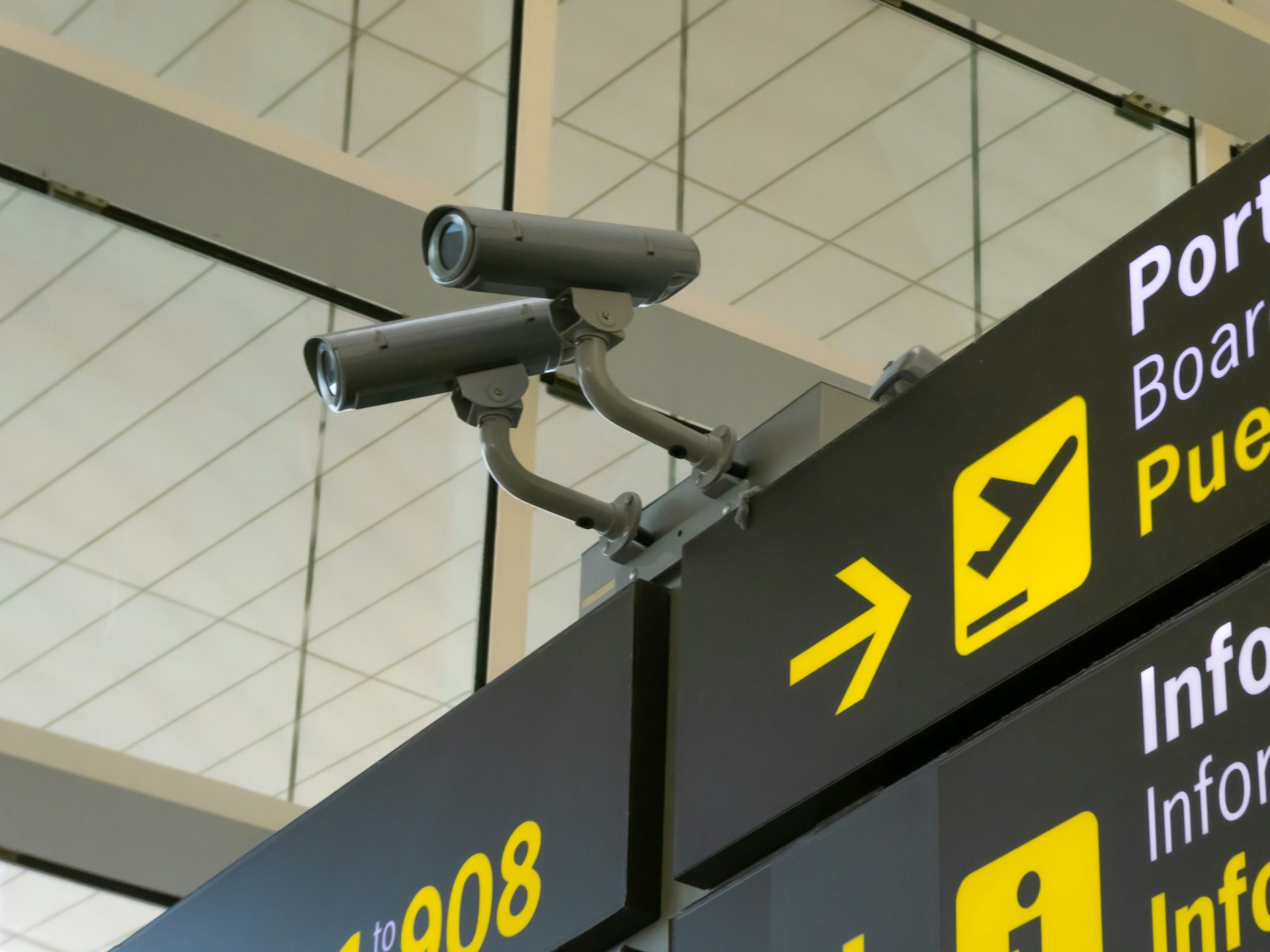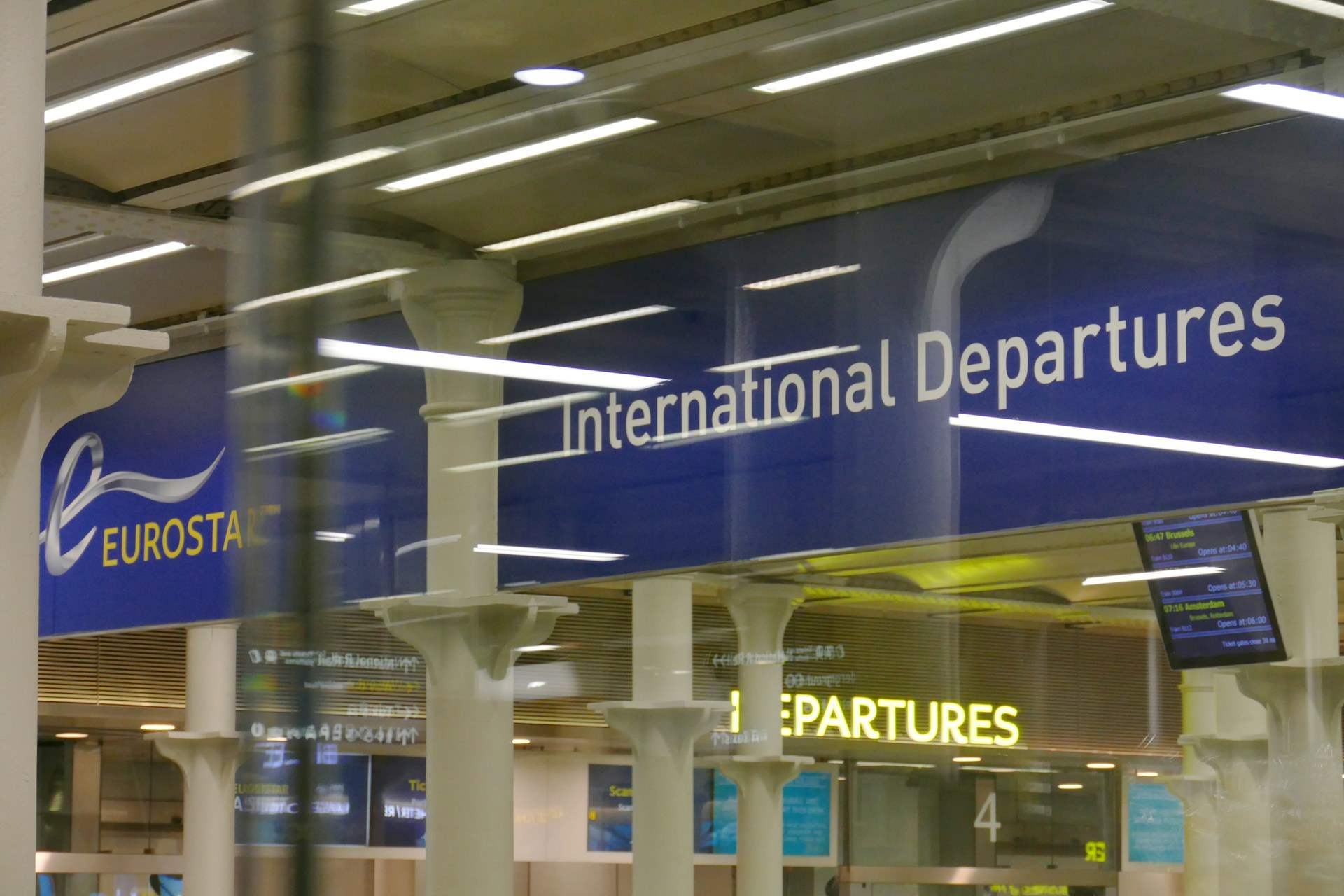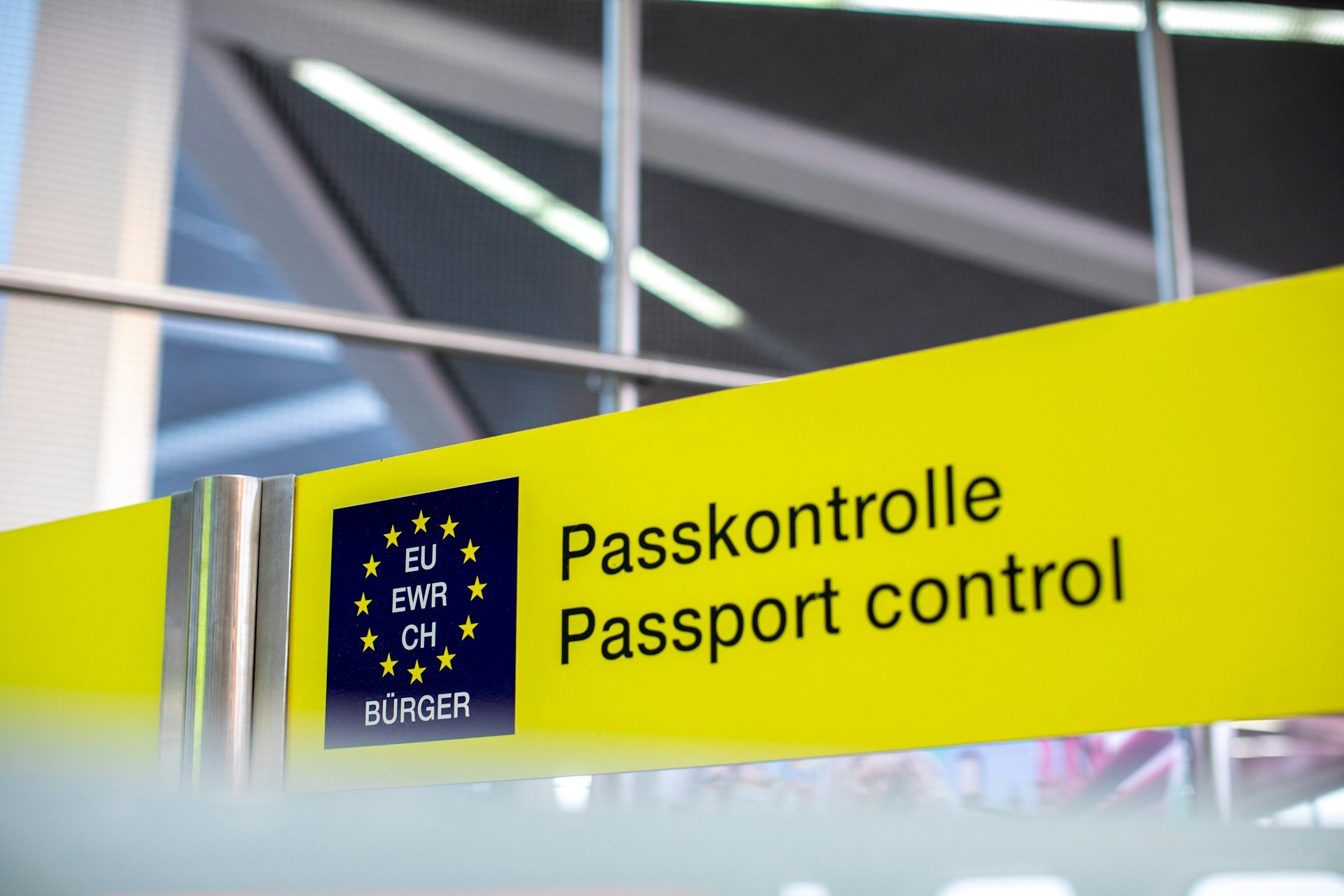The EU’s New Digital Border System Will Finally be Rolled Out in October— Here’s What You Need to Know
If you’re planning a trip from the UK to Europe this autumn, you might notice some changes at the border. After years of delays, the EU’s brand-new Entry/Exit System (EES) is officially launching on October 12 — and it’s set to change how millions of travellers cross into Europe.
The goal? To make borders more secure and, eventually, quicker to cross. But first-time registration could mean queues at busy ports and train stations — especially in the UK.
Related Entries to add to your Bookitlist
So, what exactly is EES?
Think of it as Europe’s new digital check-in system for non-EU travellers. Instead of a border officer stamping your passport, you’ll register electronically the first time you enter the Schengen Area (29 countries, including France, Spain, Italy, Portugal, and Greece).
That registration involves scanning your passport, taking fingerprints, snapping a photo, and answering a few basic travel questions. Once it’s done, your details will be valid for three years — no more repeat paperwork.

3 Nights Long Weekend In Rome
3 nights from
£697.00pp
When does it start?
- October 12: Coach passengers at Dover will be the first to use it.
- November 1: Other Dover travellers follow.
- Eurostar and Eurotunnel will bring it in more gradually, with business travellers testing the system first.
- By April 2026: Every Schengen border crossing should be fully switched to EES.
What will it look like in practice?
If you’re taking the Eurostar from London St Pancras, you’ll use one of the 49 new EES kiosks already installed before heading to departures. At Eurotunnel, over a hundred kiosks will process car passengers as they drive through. And if you’re flying, you’ll usually register on arrival at your destination airport.
Children under 12 won’t need to give fingerprints, and staff will be around to help anyone struggling with the kiosks.
There’s even a mobile app being developed to handle some of the process in advance — but don’t count on it being widely available just yet.
Should travellers worry about delays?
Probably not long-term, though the early weeks might be bumpy. Dover has even reclaimed land from the sea to build more space for processing, and Eurotunnel insists there will be “no chaos” thanks to months of planning. Ports will also have the option to temporarily fall back on old-school passport stamping if things really back up.
And what about ETIAS?
EES is just the start. From the end of 2026, the EU will also roll out ETIAS, a digital travel authorisation (like the US ESTA). UK travellers won’t need a visa, but they’ll have to apply online before their trip. It’ll cost €20 (£17) per person, last three years, and be required even for under-18s and over-70s (though they won’t pay).
Feeling Inspired? Check out some European adventures from our partners!














